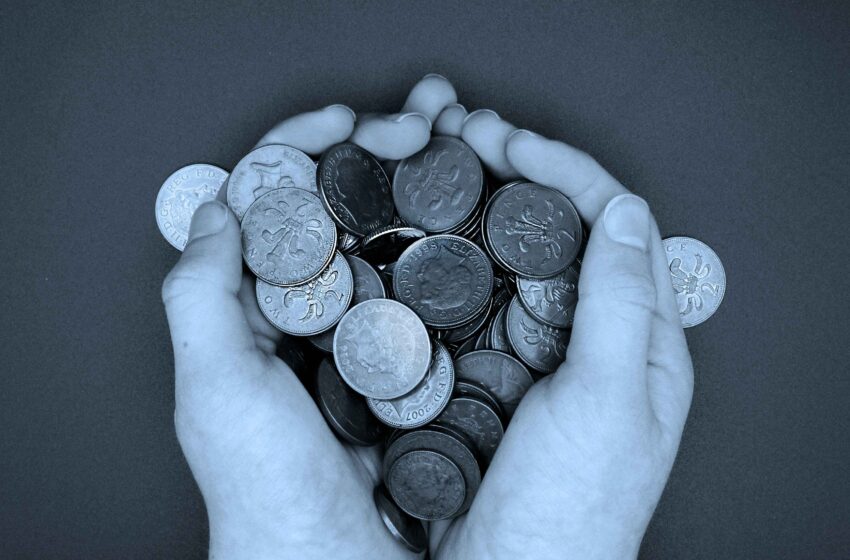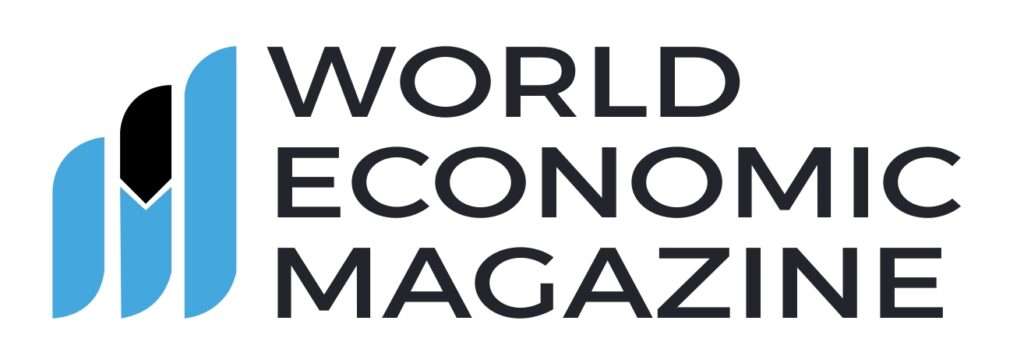
Inflation Risks Loom as White House Faces Economic Challenges
As inflation expectations rise, fueled by volatile consumer prices and potential tariff policies, Americans are growing anxious about the economic landscape. Recent data underscores the urgency for policymakers, particularly in the White House, to tread carefully in their economic decisions. With inflation expectations acting as a self-fulfilling prophecy, the challenge lies in managing these perceptions without exacerbating the situation.
Inflation Trends and Consumer Concerns
The latest Consumer Price Index (CPI) report revealed a significant 0.39% rise in December, marking the largest monthly increase since February. While much of this surge was driven by volatile categories such as energy and food, these are precisely the areas that weigh most heavily on consumer sentiment. For instance:
| Category | December Price Increase |
| Energy Commodities | +4.3% |
| Food at Home | Surged for the second month |
| Eggs (Bird Flu Impact) | Significant price hike |
This pattern of “sticky inflation” in essential commodities amplifies the public’s perception of economic instability. Supply chain issues, a cold snap, and external shocks like bird flu have created a perfect storm for price increases in critical goods.
The Role of Inflation Expectations
Economists emphasize that the expectations are pivotal in shaping actual inflation. When consumers anticipate rising prices, they may accept higher costs without resistance or demand higher wages to keep pace. This, in turn, fuels corporate costs, leading to further price hikes—a scenario termed the “wage-price spiral.”
Although the current economy is far from a full-blown wage spiral, the risk remains. According to recent surveys:
- The University of Michigan survey reported long-term inflation expectations of 3.3%, the highest since 2008.
- The Federal Reserve Bank of New York survey found consumers expect 3% inflation over the next three years, a significant jump since late 2023.
While these surveys have limitations, such as political biases (e.g., shifts in Republican and Democrat attitudes post-election), they highlight the growing concern among households.
Tariffs and Their Inflationary Impact
Amid these inflationary pressures, proposed policies by the incoming administration could further complicate matters. President-elect Donald Trump’s consideration of tax cuts and tariffs has sparked debate. Tariffs, in particular, are seen as a double-edged sword. While they aim to boost domestic industries and strengthen trade negotiations, they also risk increasing the cost of imports, directly impacting consumers.
A Bloomberg report suggests a “gradual approach” to implementing tariffs, with rates ramping up month by month. While this strategy might enhance negotiating leverage with trade partners, it also risks creating an illusion of persistent inflation. Consumers, already grappling with price surges in daily essentials, may perceive this gradual increase as a prolonged economic burden.
Key Indicators: Hope Amid Challenges
Despite these challenges, some indicators offer a glimmer of hope. The core CPI, which excludes volatile food and energy prices, rose by only 0.23% in December, surprising economists. Additionally:
- Bloomberg Economics estimates the core personal consumption expenditures (PCE) index increased just 0.17% for the month.
- If this trend continues, year-on-year core PCE could align with the Federal Reserve’s 2% target by mid-2025.
Bond markets have reacted positively to these developments. The yield on 2-year Treasury notes dropped nine basis points to 4.27%, reflecting investor optimism about disinflation prospects.
Inflation Psychology and Policy Risks
The real challenge lies in managing public perception. When inflation expectations remain elevated, even short-term shocks can destabilize economic confidence. For example, recent spikes in gas and egg prices have left lasting impressions on consumers, fueling anxieties about future costs.
The White House and Federal Reserve must collaborate to stabilize these expectations. Policy missteps, such as untimely tax cuts or aggressive tariff schedules, could inadvertently “shoot themselves in the foot,” undermining efforts to control inflation.
Policy Recommendations for Stability
To navigate these turbulent waters, policymakers should consider:
- Transparent Communication: Clear messaging from the White House and Federal Reserve can help manage public expectations and counter misinformation.
- Targeted Tariff Strategies: If tariffs are deemed necessary, their implementation should minimize consumer impact while maximizing trade leverage.
- Focus on Supply Chain Resilience: Addressing supply-side challenges, such as energy disruptions and food shortages, can alleviate pressure on volatile categories.
- Monitor Inflation Indicators: Regular assessment of CPI, core PCE, and consumer sentiment surveys will provide insights for timely policy adjustments.
A Delicate Balancing Act
While the disinflation narrative remains plausible for 2025 or 2026, the road ahead is fraught with risks. Policymakers must balance short-term shocks with long-term strategies to stabilize inflation expectations and rebuild consumer confidence. As the White House takes on these economic challenges, a careful, measured approach will be essential to ensure a sustainable path forward.






